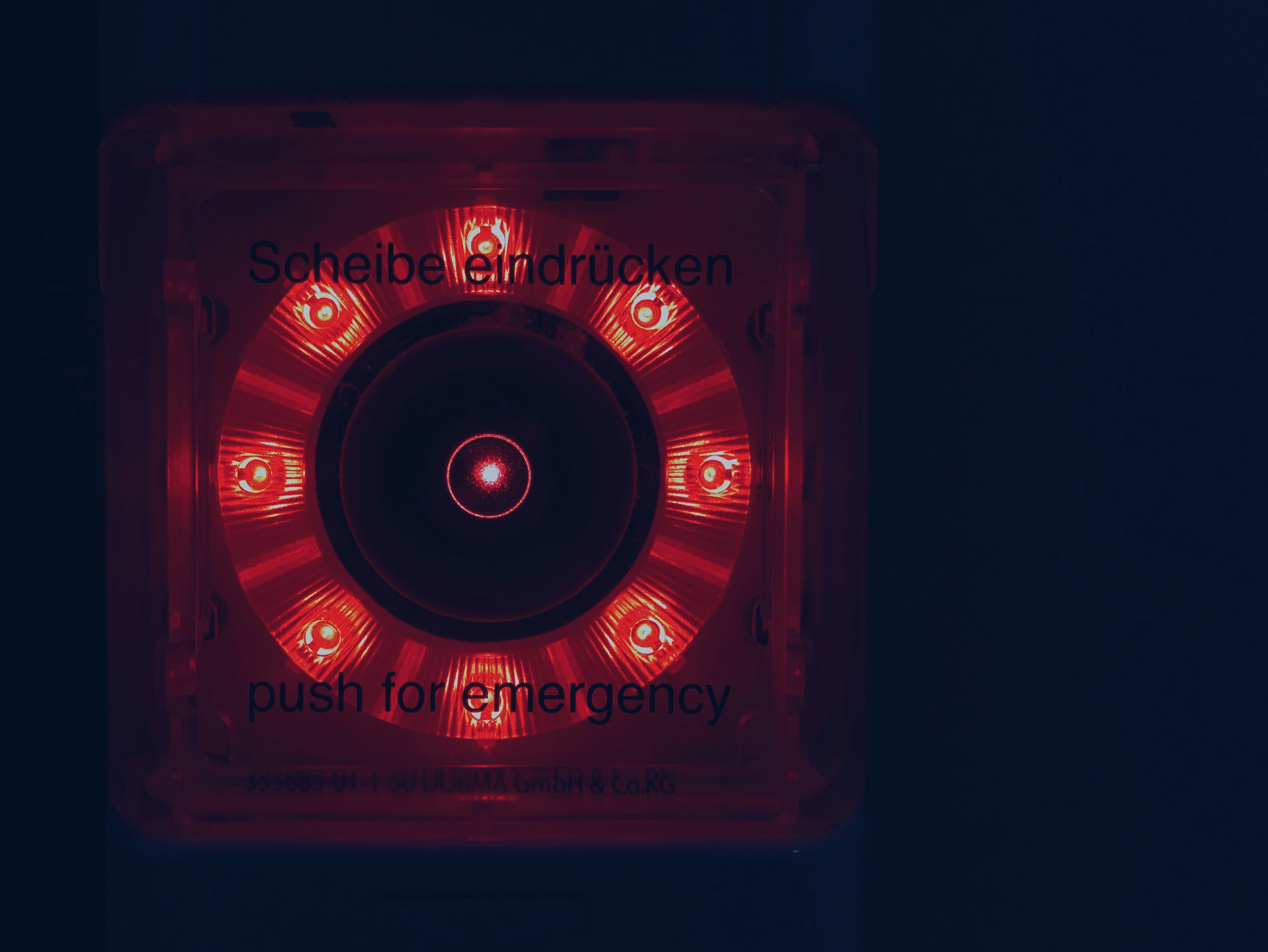Science Led, Enterprise Driven – Accelerating Quantum Computing
Quantinuum is the world's largest integrated quantum company, pioneering powerful quantum computers and advanced software solutions. Quantinuum's technology drives breakthroughs in materials discovery, cybersecurity, and next-gen quantum AI. With approximately 500 employees, including 370+ scientists and engineers, Quantinuum leads the quantum computing revolution across continents.
We unite best-in-class software with high-fidelity hardware to accelerate quantum computing. With integrated full-stack technology, our world-class team is rapidly scaling quantum computing.
Quantinuum recently secured $300M in funding, visit our news pages to learn more about this and other Quantinuum scientific breakthroughs and achievements:https://www.quantinuum.com/news
We are seeking anAdvanced Microfabrication Layout Engineerin ourBrooklyn, MNLocation.
Key Responsibilities:
- Work closely with a team of design and fabrication scientists to lay out masks for next generation ion traps
- Collaborate with a cross-functional team to ensure designs are consistent with good layout practices
- Work with our foundries to ensure design and tapeout is consistent with their PDKs and/or best practices
YOU MUST HAVE:
- Bachelor's Degree Minimum
- Minimum 3 years' experience doing IC or MEMS layout using Cadence Virtuoso, from initial conception through tapeout
- Due to Contractual requirements, must be a U.S. Person. defined as, U.S. citizen permanent resident or green card holder, workers granted asylum or refugee status
- Due to national security requirements imposed by the U.S. Government, candidates for this position must not be a People's Republic of China national or Russian national unless the candidate is also a U.S. citizen.
WE VALUE:
- Bachelor's Degree in Electrical Engineering or Physics
- 5+ years' experience with integrated circuit layout and simulation in Cadence Virtuoso, including inserting, modifying and using a PDK in Cadence
- 5+ years' experience taping out layouts and delivering to mask shops
- Experience laying out masks for external (i.e., non-captive) foundries
- Experience using Linux OS
- Familiarity with SKILL language script
- 2+ years' experience with MEMS layout tools and techniques such as Tanner L-Edit, K-Layout or similar
- Experience with layout of photonics components
- Familiarity with auto-routing in layout
- Experience working in a cross-functional, R&D team environment
Compensation & Benefits:
Non-Incentive Eligible
Estimated Salary Wage: $88,000 - $109,000 Annually
What is in it for you?
-A competitive salary and innovative, game-changing work
-Flexible work schedule
-Employer subsidized health, dental, and vision insurance
-401(k) match for student loan repayment benefit
-Equity, 401k retirement savings plan + 12 Paid holidays and generous vacation + sick time
-Paid parental leave
-Employee discounts
Quantinuum is an equal opportunity employer. You will be considered without regard to age, race, creed, color, national origin, ancestry, marital status, affectional or sexual orientation, gender identity or expression, disability, nationality, sex, or veteran status.

PI265450330


